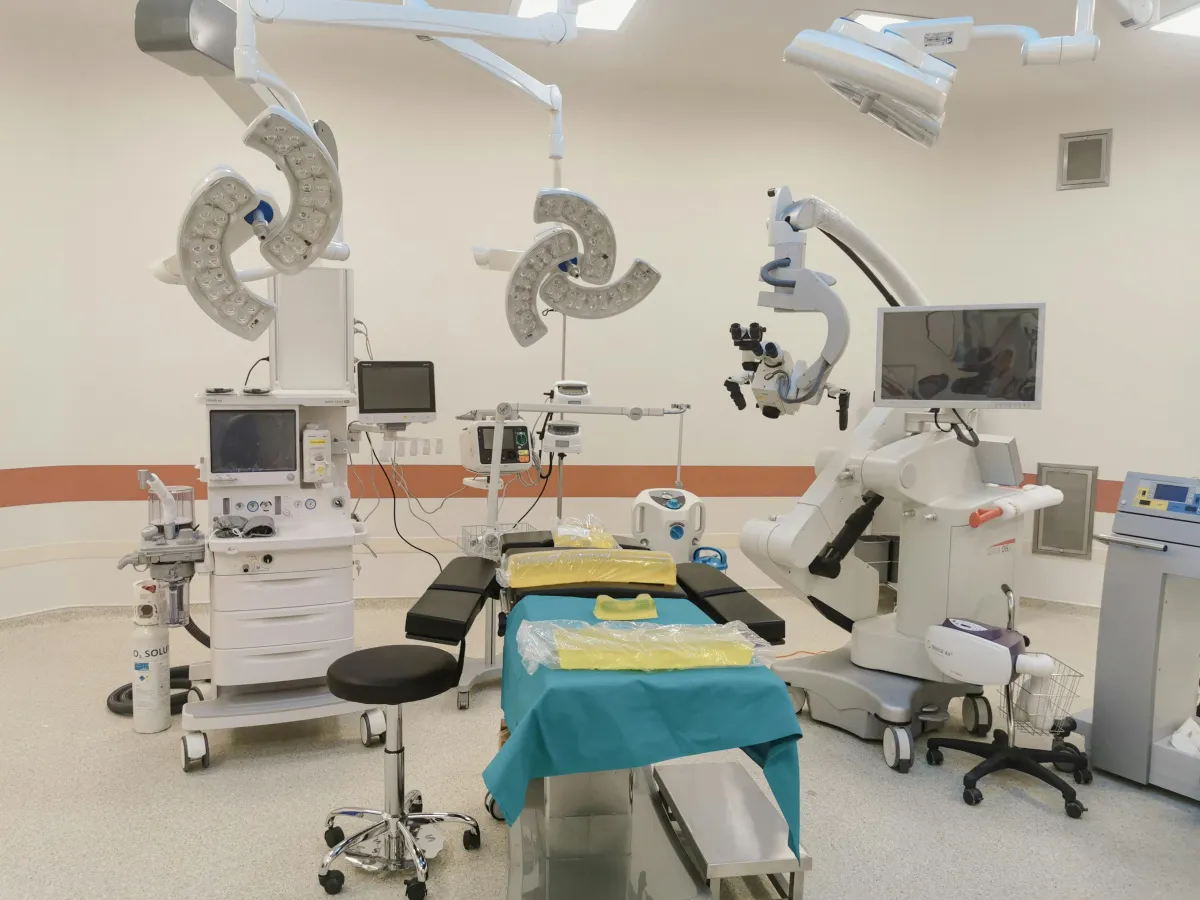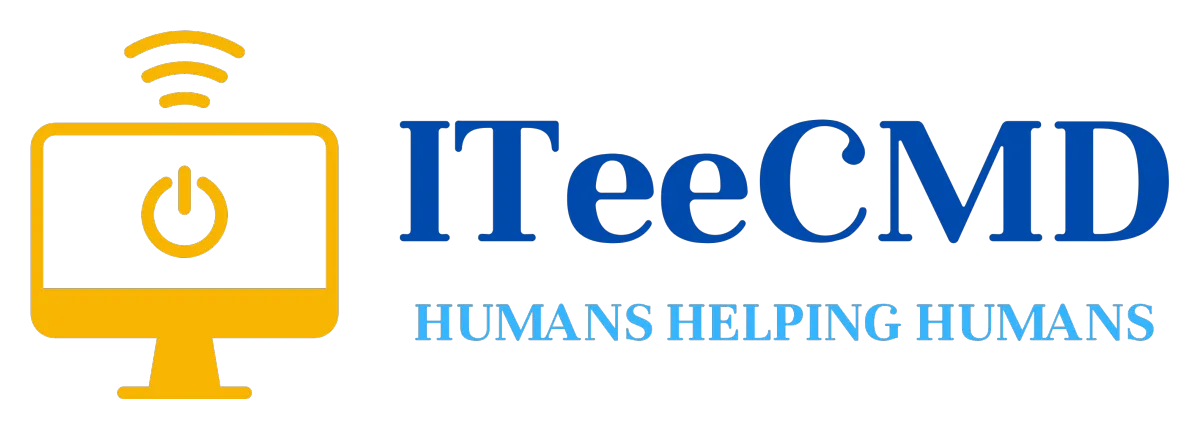Our Latest Blog Posts!

Securing Medical Devices
Securing Medical Devices: The Future of Healthcare Cybersecurity
Medical device cybersecurity is becoming an urgent issue as more devices become connected to hospital networks. Many devices, especially older ones, were developed when cybersecurity was not a main concern, leaving them open to hacking and attacks. The rules around approval for new medical devices are changing, and security is now a requirement, but there are still many older devices in use that do not meet these standards.
Our team works closely with manufacturers to build stronger protections into both new and existing devices. In this field, we face unique challenges because patient safety and ease of use must always come first. Our goal is to raise awareness of these risks and help the industry improve security from the start, rather than treating it as an afterthought.
Key Takeaways
Medical device cybersecurity is a growing concern due to outdated equipment.
New regulations require better security, but old devices remain a risk.
Improving awareness and design can help protect patient safety.
Christian Espendoza’s Professional Journey and Skills
Founding and Leading Blue Goat Cyber
We run Blue Goat Cyber, a company that focuses on cybersecurity for medical devices. Our work is about ensuring devices like pacemakers, infusion pumps, and other equipment connected to hospital beds are secure against hackers. We help manufacturers meet the requirements set by regulators such as the FDA, so their devices can be approved and safely used in healthcare settings.
Our first experience in this field came with a company we started in 2014, which we later sold in 2020. At that time, medical device security was not our main focus. After selling the business, we saw the urgent need for better protection in medtech and decided to dedicate ourselves fully by forming Blue Goat Cyber.
Key responsibilities at Blue Goat Cyber:
Responsibility Details Security services Help companies prevent cyber attacks on medical devices Regulatory guidance Assist in meeting FDA and global cybersecurity requirements Awareness programs Raise industry awareness about risks and solutions in medtech
Experience in Cyber Operations and the Military
We have a background in cyber warfare from our time in the military and with the Department of Defense. Our experience spans about 30 years in cybersecurity.
During our service, we dealt with complex security threats and learned how to defend and secure sensitive systems. This experience provided us with both technical expertise and an understanding of the risks faced in high-stakes environments.
Areas of expertise from military service:
Cyber warfare operations
Defense department cybersecurity strategies
Experience managing threat detection and prevention
Events That Impacted Our Lives
A few years ago, we experienced a major health scare: we developed six blood clots and almost died. A portable Doppler ultrasound device played a big role in our recovery. This event changed how we view our work. We realized how important medical device security really is because these devices can literally save lives.
After recovering from this health crisis and the resulting depression, we felt driven to focus even more on medical device cybersecurity. We now see our work as not just a job but a mission to improve safety in healthcare for everyone.
Life-changing takeaway:
Our personal experience with a medical device made us passionate about protecting these vital systems from cyber threats. We work to raise awareness so that both patients and healthcare providers can rely on safe and secure technology.
Medical Device Cybersecurity Overview
Kinds of Devices at Risk
Medical devices can include anything from implantable tools like pacemakers to drug infusion pumps and machines that connect to patient beds. These also cover special equipment such as portable Doppler ultrasounds and devices that help people breathe better.
A typical hospital room has an average of 14 connected devices per bed. Most of these devices are linked to the hospital network, which adds more risk if they are not protected. Doctors' offices and clinics also use many older devices that may not meet modern security needs.
Here is a simple table showing common types of medical devices we see:
Device Type Example Use Implantable Devices Pacemakers, insulin pumps Monitoring Equipment Heart, vital sign monitors Therapeutic Devices Drug pumps, ventilators Diagnostic Tools Ultrasound, imaging devices Bedside Devices Connected hospital beds Breathing Devices Bronchial decongestion tool
Typical Security Weaknesses
Many medical devices, especially those designed before 2023, were not built with cybersecurity in mind.
Outdated Software and Firmware: Many devices run on old software that is not regularly updated, which makes them easier to hack.
Weak Network Protections: Devices are often connected to networks in hospitals that are not secure. We have seen that it is possible to gain full access to these networks during tests.
Limited User Authentication: Because doctors and nurses need quick access, strong security methods like passwords and two-factor authentication are not always used. Time-sensitive treatment means devices must stay unlocked, which raises the chance of misuse.
Legacy Hardware Limitations: Some hardware does not support features like secure boot. If someone tampers with the device’s firmware, this can impact the patient.
Physical Usage Constraints: Gloves, liquids, and fast-paced environments limit what security controls we can use without slowing down patient care.
These weaknesses are a challenge for all of us working to make medical technology safer. We need to plan ahead when designing devices, choosing hardware that supports security, and making sure controls protect patients while still letting doctors do their jobs quickly and safely.
Oversight and Cybersecurity Expectations for Medical Devices
U.S. Requirements for Medical Device Cybersecurity
As of late 2023, the U.S. Food and Drug Administration (FDA) requires all new medical devices to include specific cybersecurity measures to protect against hacking. Before this update, many products reached hospitals and patients with little or no protection against cyber threats. Now, the FDA expects manufacturers to consider security as part of the device’s design, not just as an afterthought.
Manufacturers must:
Demonstrate how their devices protect against tampering
Show that important features like secure boot are present
Ensure devices can be updated safely if security issues are found
Provide documentation about how security risks are addressed
The table below highlights what is now expected for FDA approval:
Requirement Purpose Secure boot Prevents unauthorized firmware Update process Fixes discovered vulnerabilities Risk management documents Shows proactive risk handling Security testing evidence Demonstrates effectiveness
International Medical Device Security Hurdles
Meeting regulations outside the U.S. brings its own set of issues. Each country or region, like the European Union, may have different rules for safety, privacy, and cybersecurity. Keeping up with these varied demands can be difficult for companies that want to sell products worldwide.
Some of the common challenges we see include:
Adapting devices to specific local laws and standards
Translating technical documents for different languages
Ensuring hardware and software meet multiple standards at once
Addressing older, less secure equipment still used in many places
We have to pay attention to all these details to make sure our devices are safe and meet every requirement in each market. This often means working closely with local regulators and updating our own processes as rules change globally.
Aging Medical Equipment and Cybersecurity Hazards
Widespread Use of Older Devices
Many hospitals and clinics are full of medical equipment that is years, or even decades, old. These devices are often still in use because they work and are approved for patient care. For example, on average, there are about 14 connected devices per hospital bed. Many of these lack up-to-date security features.
Most devices sold before late 2023 did not have to meet official cybersecurity standards. As a result, lots of this technology was built without much thought for protecting against hackers or cyber threats.
Year Sold Security Requirements Before 2023 Not required After 2023 Strict cybersecurity rules (FDA)
Dangers in Medical Settings
Hospital environments are often busy and need to be as open as possible for patient care. Unfortunately, we have found that these places are usually not secure. When older devices are connected to the hospital network, the risk is even greater.
We have done many security tests in hospitals. In every case, we were able to gain full access to the system. This means that hackers could, in theory, take control of equipment or patient records. When medical devices and networks are both weak on security, this puts patients at risk.
Key dangers include:
Unauthorized access to devices
Tampering with device settings
Possible harm to patients
Moving Away from Obsolete Equipment
Replacing older medical devices is not easy, but it is important for safety. The best way is to have a clear plan for switching to newer devices that have strong cybersecurity features.
Some challenges include:
New devices can be expensive
Healthcare staff need training on new systems
Some old devices may not be easily replaced right away
Strategies we follow:
Review all devices in use and mark the oldest and least secure ones
Make a schedule for replacing or updating devices
Work with staff to make sure new systems fit real-life needs, especially when time and patient safety are critical
Action Step Purpose Device inventory Find at-risk equipment Risk assessment Identify dangers and set priorities Device replacement plan Guide safe upgrades
We must make sure the new cyber protections do not get in the way of care. Some security measures, like passwords or two-factor authentication, do not work well in emergencies. Our focus is to balance security and usability so that patients stay safe and doctors, nurses, and staff can do their jobs quickly.
Key Obstacles in Protecting Medical Devices
Finding the Right Balance Between Easy Use and Better Security
We often face a tough choice between making medical devices easy to use and keeping them secure. For example, doctors and nurses need quick access in emergencies. They cannot waste time entering complex passwords or using multi-factor authentication. Every second matters when someone's life is at risk, and extra steps could slow down care.
Need Security Action Problem Fast access in crises Passwords, multifactor logins Too slow, not usable Gloves or fluids present Touch screens, keypads Hard to use safely
Sometimes, making devices more secure with strong logins could actually put patients in danger by causing delays. We have to weigh privacy and safety for each device and situation.
Why Usual Cyber Protections Don't Always Work
In the hospital setting, standard security tools used for computers or online accounts do not always fit. We cannot just copy and paste measures from corporate IT systems to medical technology.
For instance:
Multi-factor login: Too slow for emergencies.
Account lockouts: Very dangerous if care stops during treatment.
Frequent software updates: May be hard to install on older medical equipment.
Much of our traditional cybersecurity playbook must be rewritten for healthcare. Often, unique solutions are needed for these environments.
Limits Caused by Device Design and Hardware
Many medical devices come with strict hardware limits that impact how we secure them. Sometimes, the chosen components do not support advanced cybersecurity tools, like secure boot or strong encryption. If a certain type of chip or microcontroller does not offer these features, we may have to change how the device works or even make it stand-alone.
Hardware Challenges We Face:
Some microcontrollers cannot meet new security rules.
Devices may need to be rebuilt or replaced to meet standards.
Firmware can be vulnerable if the device cannot check for tampering.
These limits mean that security has to be considered early in the device design process. Picking the wrong hardware can make it hard to meet regulatory requirements and keep patients safe.
Closing Thoughts: Making Healthcare Tech Safer for Everyone
As I look back on my own journey—from military cyber operations to founding Blue Goat Cyber, and especially after my personal health scare—it’s clear that medical device cybersecurity is more than just a technical challenge. It’s about protecting real people at some of the most vulnerable moments of their lives.
We’ve talked about the risks of outdated equipment, the tricky balance between security and usability, and the changing rules that now require stronger protections. But the real change happens when we all work together: manufacturers, hospitals, regulators, and cybersecurity teams. By raising awareness, sharing knowledge, and building security into devices from the start, we can make sure that healthcare technology is not only powerful but also safe.
If you work in healthcare or with medical devices, I encourage you to take a fresh look at your equipment and your security plans. Reach out to experts if you need help, and keep the conversation going. Every step we take today helps protect patients tomorrow.
Let’s keep pushing for safer, smarter healthcare technology—because every device, every patient, and every story matters.
Address
2618 San Miguel Drive
Newport Beach, CA, 92660
Tel: 949-257-6998
Address
Newport Beach, CA, 92660
Tel: 949.257.6998
Follow Us
© 2025 all rights reserved. Created by Growth Generators. Privacy | SMS Disclosure.

